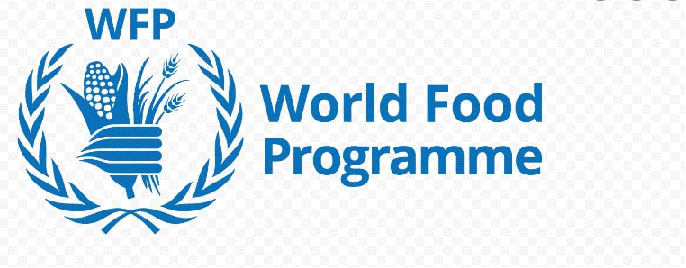What is being reported as a marked across-the-board rise in food prices in Guyana over the past several weeks is being proffered by international news sources as a microcosm of a wider problem as CNN, earlier this month used the United Nations Food Price Index to report a nearly 40% year over year food price increase with last month reflecting the sharpest monthly rise in average food prices in more than a year.
External media reports on significant food price rises came swiftly behind unofficial reports that food prices had increased here, though there had been no official report from the government to that effect. In Trinidad and Tobago too, representatives of the food distribution sector confirmed that the twin-island republic was experiencing hikes in food prices.
While the CNN report focused, in large measure on food price rises in rich and middle income countries it appeared to play down food price rises in poor countries here in the western hemisphere and in Africa, where increased food prices spells crisis for poor families.
While talk of food price rises in Guyana and the rest of the Caribbean had been circulating for several weeks, the likelihood of a food scarcity crisis, particularly in the fruit and vegetables areas, began to loom large a few weeks ago when relentless downpours pounded the coastal and interior areas of the country turning thousands of acres of farms boasting food crops destined for local consumption as well as for export into lakes. Ominously, the prognosis for a quick recovery from what has been described as the worst flooding in the country’s recent history does not appear to be good given the lack of sufficient resources to allow for swift remedial action.
The impact of the flooding on food prices has, over the past week and more, been reflected in the usually sprightly-looking municipal markets losing their ‘colour.’ The customary mountains of farm produce available to consumers has dwindled to modest bundles. The prices reflect the scarcity of the commodities, with one fruit and vegetable vendor declaring ruefully that the situation (high prices) is likely to obtain “for months.” In the Berbice community, where farms have been inundated, hundreds of farm animals have died while an official of the country’s leading privately run rice milling company has told this newspaper that the flooding could impact on the company’s ability to meet its external market obligations.
The impact of the flooding on the fruit and vegetables sector will also affect Guyana’s ability to meet its ongoing obligation to a regional market, part of which depends on imports through the state-run Guyana Marketing Corporation, (GMC). The extent to which the flooding has affected the volume of the GMC’s fruit and vegetable exports to the region is unclear.
Critics of the current rising food prices in the Caribbean can contend with considerable justification that the region has only itself to blame. Setting aside its dependence on the returns from tourists visiting the region from Europe and North America who bring their tastes with them, a circumstance that is primarily responsible for the reported US$5 billion food import bill, there is also the issue of the abject failure of the Caribbean Community (CARICOM) to transform elaborately articulated plans to significantly raise the region’s food production profile into reality.
The UN World Food Programme report says that 270 million people are currently suffering from acute malnutrition or worse situations in the 79 countries in which the agency operates, double the number in 2019.
Among the regions facing a rising hunger crisis that is exacerbated by skyrocketing food prices are Southeast Asia, Africa and Central America.
Meanwhile, the World Bank estimates that up to 124 million people sank below the international poverty line—living on less than $1.90 a day—in 2020 as a result of the pandemic. Up to 39 million people more are expected to be added in 2021, taking the total number of those living in extreme poverty to 750 million people.




